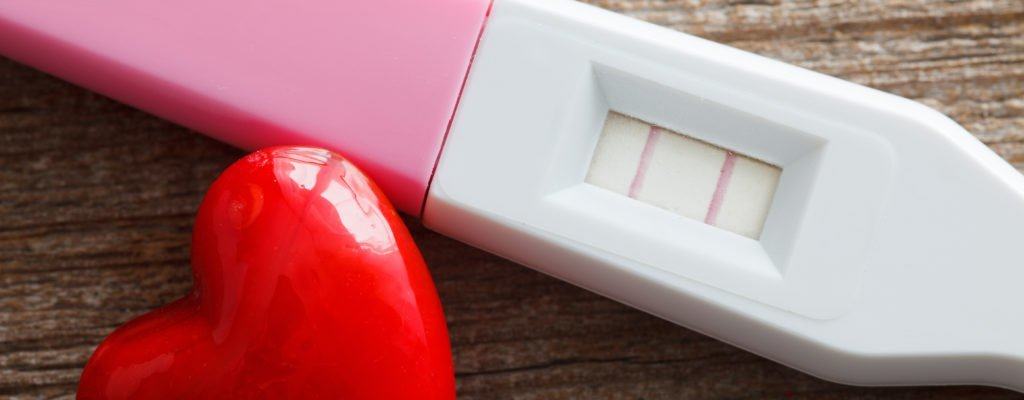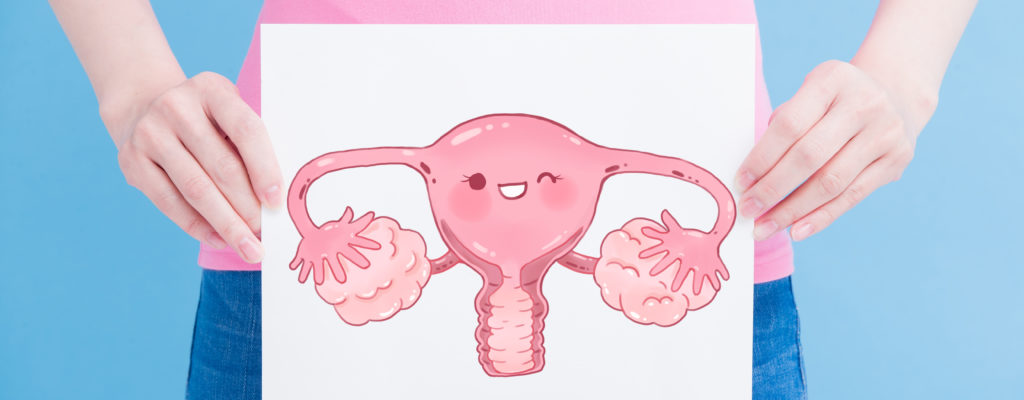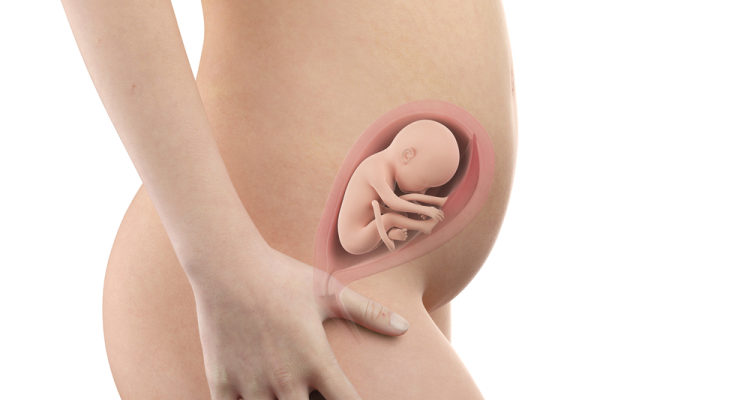The causes of amniocentesis can come from many different factors. Therefore, pregnant mothers need to know the signs of amniocentesis to avoid unexpected bad events.
Amniotic fluid plays an important role in fetal development. If the rupture of the amniotic membrane causes the amniotic fluid to ooze, the pregnant mother will be able to feel this phenomenon quite quickly. However, many pregnant mothers confuse the situation of vaginal discharge during pregnancy with the phenomenon of amniotic fluid. The following article, aFamilyToday Health will introduce the necessary information about this problem as well as how to deal with it.
What is amniotic fluid?
When you are around 12 days pregnant, an amniotic sac will form around your baby and be filled with amniotic fluid for the purpose of:
Protect the fetus
Keep the temperature of the fetus stable
Supports fetal muscle and bone development
Helps the fetal digestive system to grow and develop
Allows the fetus to breathe while the lungs grow and develop
Protect the umbilical cord (the part responsible for carrying nutrients and oxygen from the placenta to the fetus).
When the 20-week fetus is reached , the amniotic fluid is mostly water. After this time, the amniotic fluid contains the baby's nutrients, hormones, antibodies and urine.
How much amniotic fluid is normal?
Usually, a pregnant woman has about 500 - 1,000 ml of amniotic fluid and the normal amount can vary depending on the gestational age. Pregnancy with too little or too much amniotic fluid can cause problems. The doctor usually checks the level of amniotic fluid through an ultrasound.
The average volume of amniotic fluid for 12 weeks gestation is about 60ml and increases to 175ml after 16 weeks. Amniotic fluid reaches the highest volume of about 400 - 1,200ml when pregnant women are from 34 to 38 weeks gestation . The volume of amniotic fluid will decrease after the 39th week of pregnancy and decrease to 800ml at 40 weeks fetus . Labor can start when the signs of amniocentesis appear. But to assess whether it is really amniotic fluid or just urine, bad gas, you still need to consider other signs.
The phenomenon of amniotic fluid takes place like?

Here are a few signs that can help you determine if you are having a spoilage or oozing amniotic fluid:
Leaked amniotic fluid will be transparent and urine will be yellow, spoiled discharge like egg whites or may be slightly yellow
A sign of oozing amniotic fluid is when you feel like a stream of warm water is flowing
The amniotic fluid has a distinctive smell (slightly sweet) but the urine usually has a stubborn odor, while the vaginal discharge (bad gas) may have no odor or a slight fishy odor, not itching
The outflow of amniotic fluid does not stop as quickly as urine.
You can use a daily tampon or a clean cloth soaked in amniotic fluid to identify these signs. Another way to watch for amniocentesis is to try holding the pelvic floor muscles for a few seconds. If it is urine, leakage stops. Most often, signs of amniocentesis occur when the amniotic membrane ruptures. This mainly occurs when the pregnancy has reached the mark near the due date , weak amniotic fluid or uterine contractions caused by labor.
What happens when pregnant mothers show signs of oozing?
Many women go into labor about 24 hours after leakage of amniotic fluid occurs. In addition, the doctor will also perform measures to induce labor if labor does not appear to avoid complications occur. Premature leakage of amniotic fluid can lead to risks such as:
Infection (both mother and baby)
The placenta separates from the uterus
Umbilical cord problems
Caesarean
How is amniocentesis treated?
The treatment plan for amniotic fluid leakage will depend on the different conditions of the pregnant mother as well as the gestational age. However, doctors have advised that if there are signs of amniocentesis, pregnant mothers need to increase rest and abstain from sex. If the leakage of amniotic fluid occurs before or during week 34, corticosteroids will be used to help the fetal lungs accelerate to maturity. Alternatively, next steps could be:
Prescribe antibiotics to prevent infection
Medications to prevent preterm labor
Get ready for childbirth if needed
Is amniotic fluid synonymous with miscarriage?

Leaking amniotic fluid is not one of the most common reasons for miscarriage. However, if amniotic fluid leakage occurs in the second trimester and is accompanied by other symptoms such as abdominal pain, this could be a warning sign of miscarriage . Note that when you notice signs of oozing amniotic fluid, you should go to the hospital to be examined by a doctor instead of automatically concluding.
Can the amount of amniotic fluid recover on its own?
Currently, we still do not have enough evidence to suggest that amniotic fluid can be fully replenished if amniotic fluid leakage occurs. However, if the pregnant mother loses too much amniotic fluid, the body will work on the mechanism of producing more amniotic fluid to compensate.
Pregnant mother is leaking amniotic fluid: When should I go to the doctor?
You should go to the nearest hospital or medical facility if you notice any of the following:
Fever
Pain in the uterus
Weight is decreasing
Unusually fast heart beat
Vaginal discharge that is foul-smelling, brown or green.
Through the above sharing, aFamilyToday Health hopes that pregnant mothers have got useful information about the phenomenon of amniotic fluid, know how to handle when this happens.













